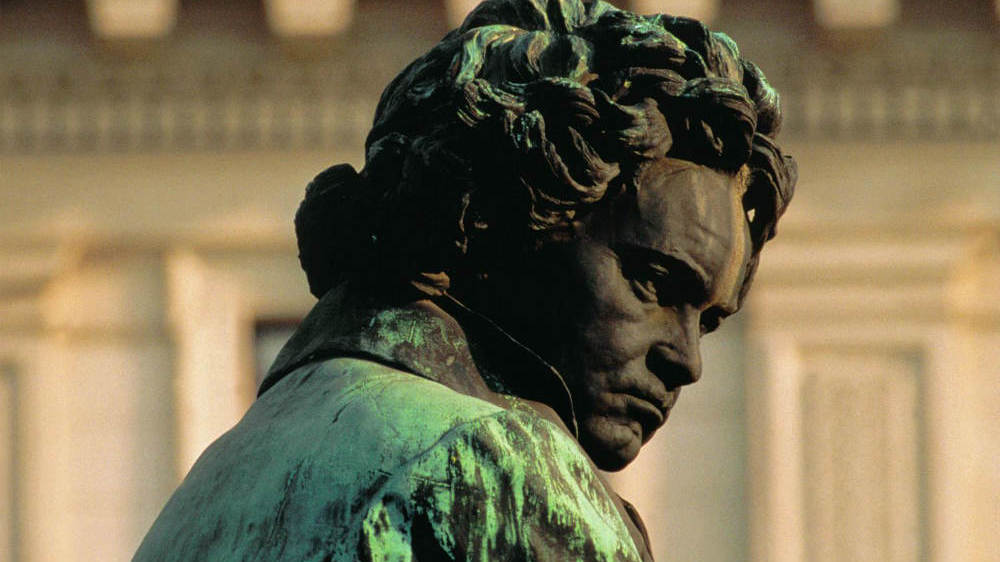Mozart’s Clarinet Concerto: A Swan Song
The Clarinet Concerto in A Major, K. 622 has been called Mozart’s swan song. His last completed work, it was first performed on October 16, 1791 in Prague, less than two months before the composer’s death at the age of 35. At the time, the clarinet was a young instrument still in development, and a newcomer to the orchestra. When the 22-year-old Mozart visited Mannheim, a progressive musical center far ahead of provincial …







